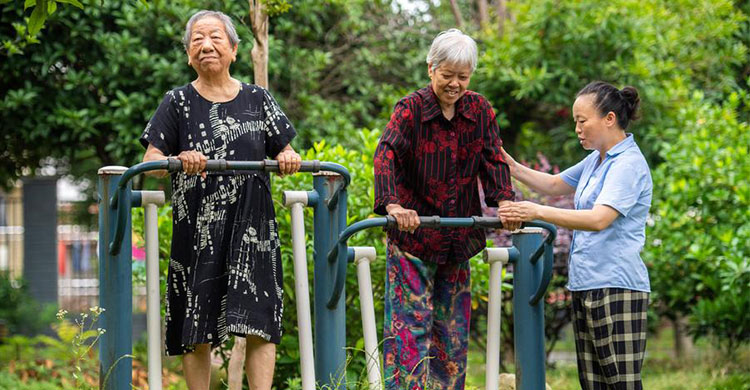China will gradually raise its statutory retirement age, now among the world’s lowest, to allow people to work longer, as it struggles to relieve soaring pressure on pension budgets, with many provinces already facing deficits. The reform is urgent, with life expectancy having risen in China to 78 years by 2021 from about 44 years in 1960, outstripping the United States, and is projected to exceed 80 years by 2050.
The recent announcement came in a key policy document that also rolled out plans to sharpen a strategy to combat a declining birth rate and an ageing population that fell for a second straight year in 2023, and is seen falling for decades. “In line with the principle of voluntary participation with appropriate flexibility, we will advance reform to gradually raise the statutory retirement age in a prudent and orderly manner,” the authorities said.
The reforms outlined in the document are envisaged to be completed by 2029, they added. The retirement age is now 60 for men — which is five to six years below that in most developed economies – while for women in white-collar work it is 55, and 50 for women who work in factories.
Policymakers had said during the last two years they aimed to raise the age of retirement, but the change will be the first time that workers are able to choose to continue working. National health authorities expect the cohort of those aged 60 and older to rise from 280 million to more than 400 million by 2035, or the equivalent of the entire current populations of Britain and the United States combined.
Most countries have increased retirement ages in response to demographic pressures to safeguard pension funds and slow down a potential shrinking of the labour force, said Michael Herrmann, a senior adviser at the United Nations Development Population Fund. “It’s a standard policy instrument and doing that gradually makes a lot of sense. It’s important that we do this in a flexible manner,” he said, adding that workers should have the possibility to work part-time or from home, or to be engaged on a project basis.
At present, each Chinese retiree is supported by the contributions of five workers. The ratio is half what it was a decade ago and is trending towards 4-to-1 in 2030 and 2-to-1 in 2050. Economists say China’s current pension system, which relies on a shrinking active workforce to pay the pensions of a growing number of retirees, is unsustainable and needs to be reformed.
Eleven of China’s 31 provincial-level jurisdictions are running pension budget deficits, finance ministry data show. The state-run Chinese Academy of Sciences sees the pension system running out of money by 2035.












